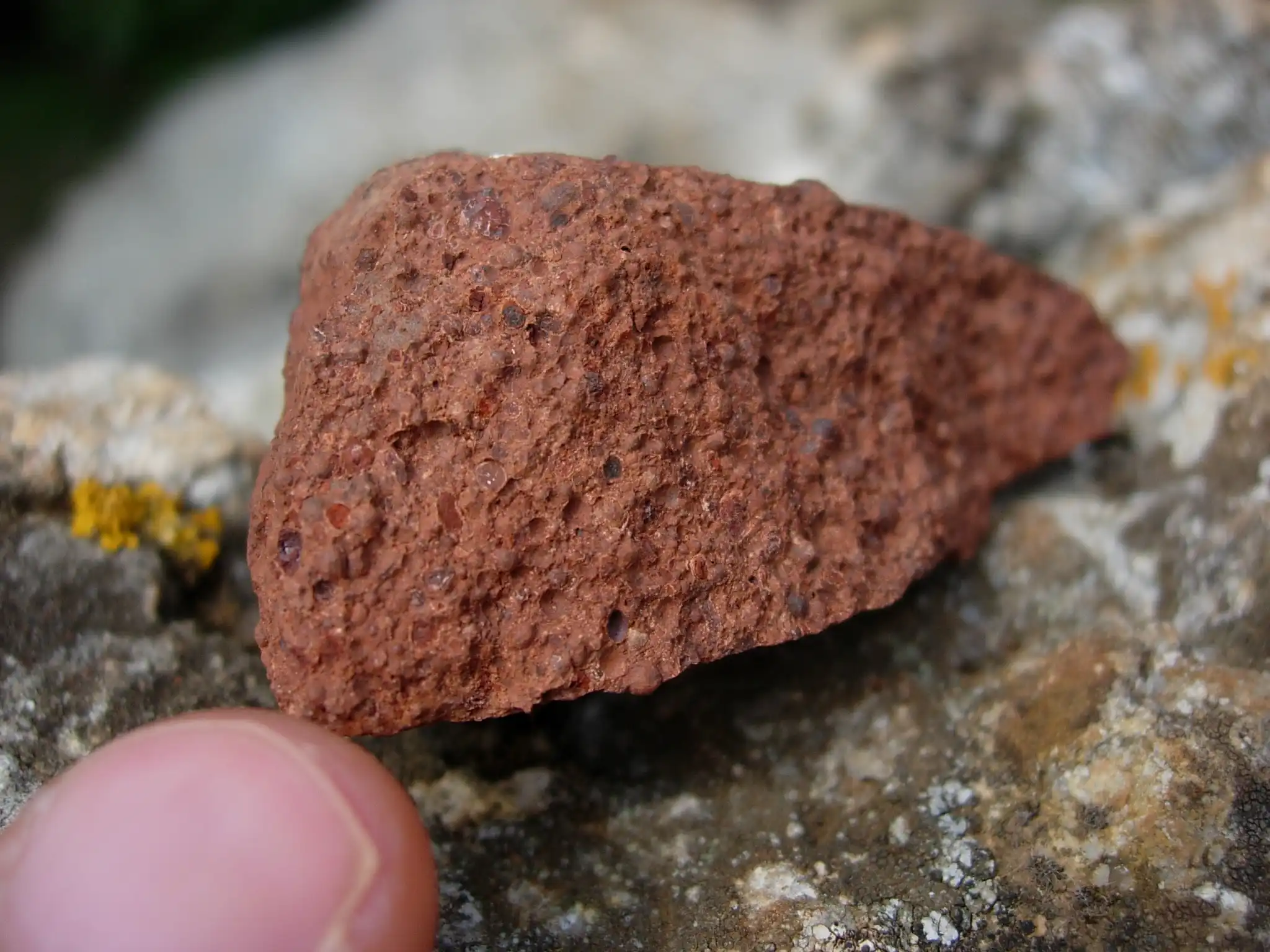Bauxite is actually a general term for ores that can be industrially utilized, mainly composed of gibbsite, boehmite, or diaspore. Its applications are divided into both metallic and non-metallic fields. Aluminum is the second most important metal in the world after steel, with a global per capita consumption of 3.29 kg in 1995. Due to its low specific gravity, good electrical and thermal conductivity, ease of mechanical processing, and many other excellent properties, aluminum is widely used in various sectors of the national economy. The largest consumption of aluminum worldwide is in construction, transportation, and packaging sectors, accounting for more than 60% of total aluminum consumption. Aluminum is an indispensable raw material in the electrical industry, aircraft manufacturing, machinery industry, and household goods.
I. Alkali Process
The alkali process for producing alumina involves using alkali (NaOH or Na2CO3) to treat bauxite, converting the alumina in the bauxite into sodium aluminate solution. Impurities such as iron, titanium, and most of the silicon in the ore form insoluble compounds. The insoluble residue (often containing a large amount of iron oxide, appearing red, commonly referred to as red mud) is separated from the solution, washed, and discarded or utilized comprehensively to recover useful components. The pure sodium aluminate solution is decomposed under appropriate conditions to precipitate aluminum hydroxide. After separation from the mother liquor and washing, it is calcined to produce alumina. The decomposition mother liquor can be recycled to treat another batch of ore.
The alkali process for producing alumina is further divided into Bayer process, sintering process, and Bayer-sintering combined process.
1. Bayer Process
The Bayer process is a widely used industrial chemical process for producing alumina from bauxite. Proposed by K.J. Bayer between 1889 and 1892, it has undergone many improvements over the past century. It is suitable for treating low-silicon bauxite, especially in processing gibbsite bauxite, with characteristics such as a simple process, convenient operation, high product quality, and high economic efficiency.
The basic principle of the Bayer process is to use concentrated sodium hydroxide solution to convert the alumina hydrate in bauxite into sodium aluminate. By dilution and the addition of aluminum hydroxide seeds, aluminum hydroxide is re-precipitated, and the remaining sodium aluminate solution, also called mother liquor, is reused to treat the next batch of bauxite, enabling continuous production.
The basic production process of the Bayer process can be roughly divided into the following major production steps: raw ore slurry preparation, high-pressure dissolution, dilution of the dissolved slurry and separation and washing of red mud, seed decomposition, aluminum hydroxide classification and washing, aluminum hydroxide calcination, mother liquor evaporation, and causticizing of sodium bicarbonate.
2. Sintering Process
The basic principle of the alkali-lime sintering process is to convert the oxides in the charge into sodium aluminate (Na2O·Al2O3), sodium ferrite (Na2O·Fe2O3), dicalcium silicate (2CaO·SiO2), and calcium titanate (CaO·TiO2) through high-temperature sintering. When dissolved in water or dilute alkali solution, sodium aluminate dissolves into the solution, sodium ferrite hydrolyzes to NaOH and Fe2O3·H2O precipitate, while dicalcium silicate and calcium titanate remain insoluble as sludge. After separating and removing the sludge, the sodium aluminate solution is obtained, and CO2 is introduced for carbonation decomposition to precipitate Al(OH)3. The carbonated mother liquor (mainly composed of Na2CO3) can be concentrated by evaporation and returned to the sintering process for reuse. Al(OH)3 is calcined to produce the final product, Al2O3.
Characteristics of the alkali-lime sintering process: a) Suitable for low A/S ores, A/S 3-6; b) Complex process, high energy consumption, high cost; c) Lower product quality compared to the Bayer process.
3. Combined Process
The Bayer process and the alkali-lime sintering process are the main industrial methods for producing alumina, each with its advantages, disadvantages, and application range. When production scales are large, using a combined process of Bayer and sintering methods can combine the advantages of both methods while eliminating their disadvantages, achieving better economic results than a single method and making fuller use of bauxite resources. The combined process can be divided into parallel, series, and mixed processes, mainly suitable for A/S 7-9 medium to low-grade bauxite.
China's bauxite resources are characterized by high aluminum and high silicon content, low to medium-grade boehmite ores. The production methods used are the sintering process and the combined process. The Bayer process in the combined process (high dissolution temperature, high caustic soda concentration) differs from the Bayer process used abroad for processing gibbsite bauxite (low dissolution temperature, low caustic soda concentration). Therefore, alumina production in China is more energy-intensive and costly compared to other countries.
